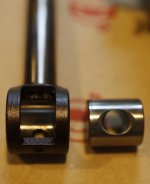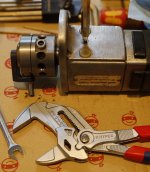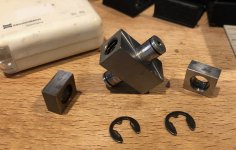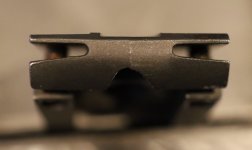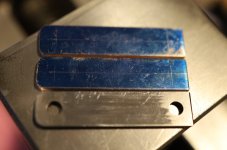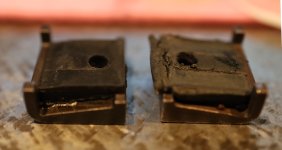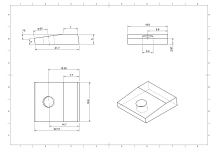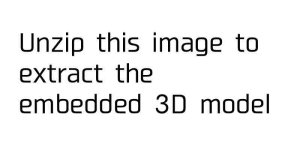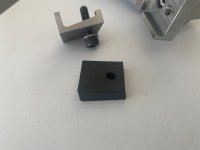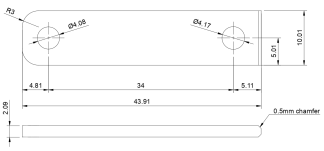Bakafish
Hot Rolled
- Joined
- Feb 21, 2022
- Location
- Tokyo Japan
5 Biax BL40 Green Body scrapers appeared on the local auction site, one of which was clearly new-old stock, the other 4 were all pretty hammered, but all of them had $20 starting prices. The appearance of these rare beasts always starts an anxiety clock in me, even though I own a pristine one now, I live in fear of irreplaceable part failures and the appearance of these on the auction sites triggers my hoarder instincts. I was preparing myself for the inevitable last minute bidding wars that would go on, the catch was, the VP of my company (and old friend) had scheduled to visit Tokyo and I had to entertain him and some of his local staff exactly at the time the auction closed. I don't want to make everyone sad with how cheap the boxed one went for, I wasn't able to covertly throw a successful bid on it, but I did manage to take a bathroom break and get the last of the battered beasts for about $400, so I can't really complain.

The blade is a home built unit, basically exactly the same Tungaloy hand scraper blade as the ones I modified, just an older version with a slightly different (possibly superior) clasp.

The unit it came with is on the left, and my two home made units are on the right.
The unit arrived this morning, the power cable was disintegrated to the point I wasn't going to try to power it up so, "Let's take it apart!"
There are lots of places where disassembly of these are documented, I'm not going to pretend this will be the canonical teardown, but I think every example helps as these still feel to be poorly documented as far as service is concerned. Hopefully I'll be able to add something to the information space. The disassembly steps and work will be in following posts, no promises on the timelines and it may be abandoned if there are some show stoppers.
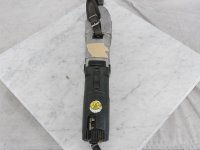
The condition seems poor, but serviceable. There are broken parts and some truly sad hacks (all 4 used units had the troublesome power switch cut away and exposed as seen above) but mechanically is still seems like I can get it running again.

On first inspection I noticed a missing piece, one of the "Adjustment Plates" and the "Rubber Section" of the blade holding shoe is badly degraded and needs to be replaced. My experience with the US Biax distributor has been one where they refuse to respond to any form of contact. I suspect that this part is interchangeable with the newer Black Body BL40's, but would love to get confirmation of this as it must be hardened and ground and difficult for me to make at the moment.

The blade is a home built unit, basically exactly the same Tungaloy hand scraper blade as the ones I modified, just an older version with a slightly different (possibly superior) clasp.

The unit it came with is on the left, and my two home made units are on the right.
The unit arrived this morning, the power cable was disintegrated to the point I wasn't going to try to power it up so, "Let's take it apart!"
There are lots of places where disassembly of these are documented, I'm not going to pretend this will be the canonical teardown, but I think every example helps as these still feel to be poorly documented as far as service is concerned. Hopefully I'll be able to add something to the information space. The disassembly steps and work will be in following posts, no promises on the timelines and it may be abandoned if there are some show stoppers.

The condition seems poor, but serviceable. There are broken parts and some truly sad hacks (all 4 used units had the troublesome power switch cut away and exposed as seen above) but mechanically is still seems like I can get it running again.

On first inspection I noticed a missing piece, one of the "Adjustment Plates" and the "Rubber Section" of the blade holding shoe is badly degraded and needs to be replaced. My experience with the US Biax distributor has been one where they refuse to respond to any form of contact. I suspect that this part is interchangeable with the newer Black Body BL40's, but would love to get confirmation of this as it must be hardened and ground and difficult for me to make at the moment.






